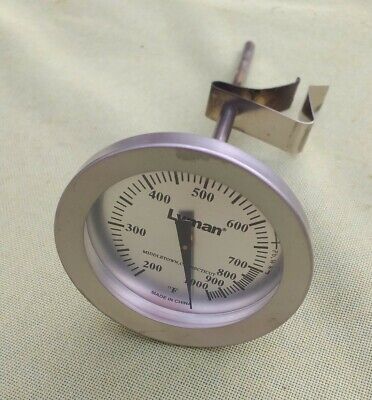At What Temperature Does Lead Melt?
Lead is a widely used metal with various applications in different industries. Whether you are interested in metallurgy, engineering, or simply curious about the properties of lead, understanding its melting point is essential. In this article, we will delve into the topic of lead's melting point, exploring its significance, factors affecting it, and some fascinating information about this versatile metal.
1.What is Lead?
Lead is a heavy, malleable, and bluish-grey metal that has been known to humans for thousands of years. Its atomic number is 82, and it is represented by the symbol Pb, derived from the Latin word "plumbum." Lead has low melting and boiling points compared to other metals, making it a valuable component in various applications.

Preparation & Safety Gear
2.Melting Point of Lead:
The melting point of lead is an important characteristic that defines its behavior under different conditions. Lead has a relatively low melting point of approximately 327.5 degrees Celsius or 621.5 degrees Fahrenheit. This means that lead can transition from a solid to a liquid state at temperatures above this threshold.
3. Factors Affecting the Melting Point:
Several factors can influence the melting point of lead, including: a. Pressure: Increasing the pressure can raise the melting point of lead, while reducing pressure can lower it. b. Impurities: The presence of impurities in lead, such as other metals or non-metallic elements, can affect its melting point. c. Isotopes: Different isotopes of lead can have slightly different melting points due to variations in atomic structure.

Lead Bullet Casting Thermometer
4. Applications of Lead's Low Melting Point:
The low melting point of lead makes it suitable for various applications, including: a. Soldering: Lead-based solders are commonly used for joining electrical components due to their low melting point and good electrical conductivity. b. Ammunition: Lead's low melting point allows it to be easily molded into bullets, pellets, and other ammunition forms. c. Radiation Shielding: Lead's ability to absorb and block radiation is utilized in the construction of radiation shielding materials.
5. Historical Significance:
Throughout history, lead has played a significant role in various civilizations. Ancient Romans used lead extensively, from water pipes to cooking utensils. Lead's low melting point made it easy to shape and cast, contributing to its popularity in ancient metallurgy.
6. Safety Considerations:
While lead has several valuable properties, it is essential to address safety concerns associated with this metal. Lead is toxic and can cause severe health issues, especially when ingested or inhaled. It is crucial to handle lead with proper precautions and follow appropriate safety guidelines.
Understanding the melting point of lead is crucial for various industries and individuals working with this metal. With a relatively low melting point of approximately 327.5 degrees Celsius or 621.5 degrees Fahrenheit, lead can easily transition from a solid to a liquid state. Factors such as pressure, impurities, and isotopes can influence its melting point. Despite its toxic nature, lead's low melting point makes it valuable for applications like soldering, ammunition, and radiation shielding. By considering safety precautions, we can harness the benefits of lead while minimizing its potential risks.